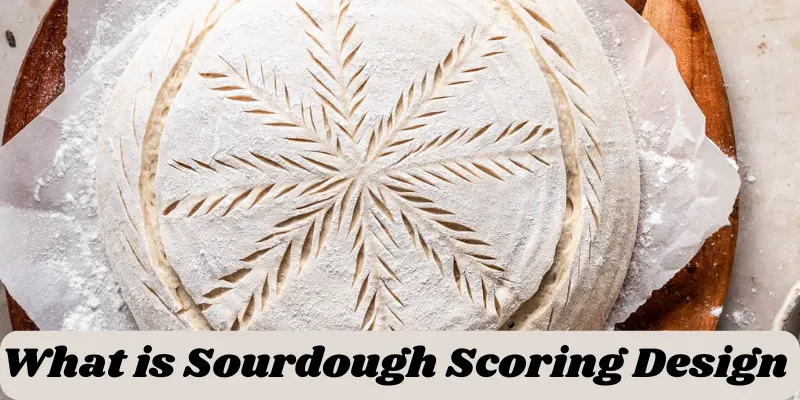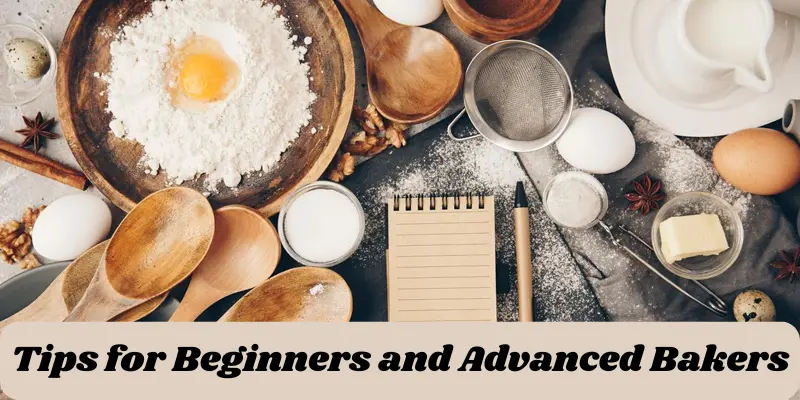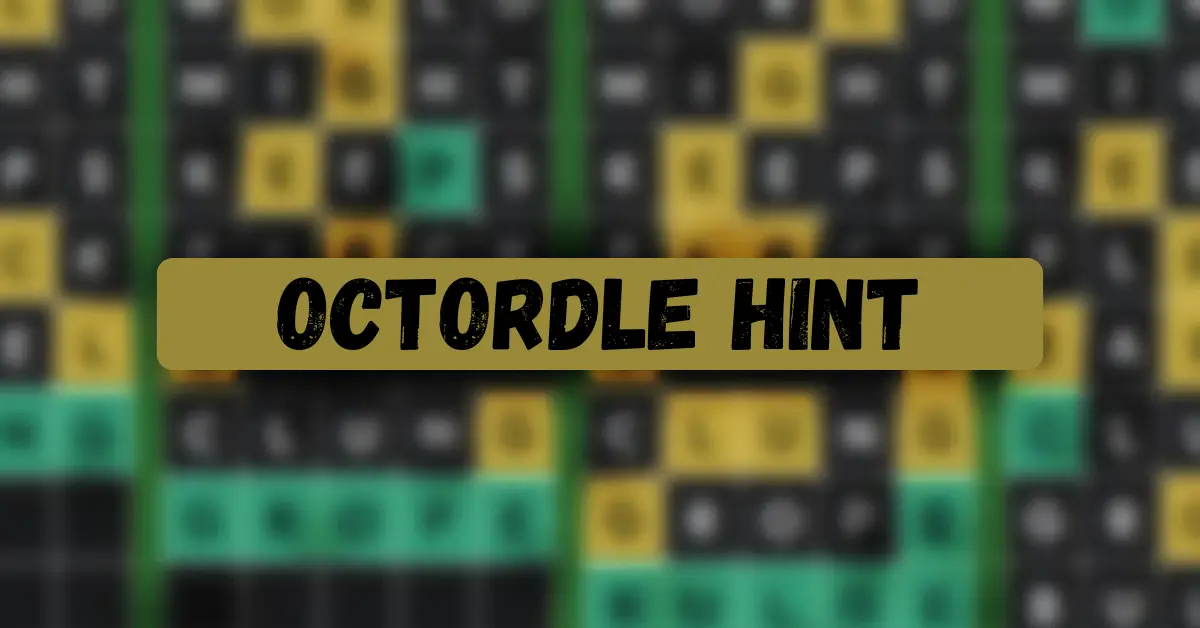Introduction
Sourdough Scoring Designs is more than just a functional step in bread making it is an art form that turns a humble loaf into a masterpiece. The process involves making deliberate cuts on the doughs surface before baking, allowing the bread to expand beautifully in the oven while showcasing intricate patterns. Whether you are creating simple slashes or intricate floral designs, scoring adds a unique, personal touch to your sourdough creations.
Not only does scoring help control the way your bread rises, but it also offers endless possibilities for creative expression. From beginner friendly shapes like crosses and leaves to advanced designs inspired by nature, there is something for everyone to try. With the right tools and a bit of practice, you can elevate your bread baking journey and impress friends and family with your artistry. So, grab your scoring blade, dust off your flour, and lets explore the world of sourdough scoring designs together.
Table of Contents
What is Sourdough Scoring Design?
Sourdough scoring designs are the patterns or shapes bakers make on the surface of sourdough bread before baking it. These designs are created by cutting into the dough with a sharp blade, such as a special bread knife called a lame (pronounced lahm). The cuts are not just for looks they help the bread rise properly in the oven by giving the dough a place to expand.

The fun part is that scoring can turn a plain loaf of bread into a piece of art. Some people make simple lines or crosses, while others create more detailed patterns like flowers, leaves, or even pictures. Sourdough scoring is like drawing on your bread, but instead of pencils, you use a knife, and instead of paper, you use dough. It is a creative way to make your homemade bread look amazing while helping it bake perfectly.
You May Also Visit
Vampire Survivors Evolutions | Detail Guide
Rajkotupdates News | Complete Guide | Tech Deck Trick
The Story of Jank Boteko | A Viral Meme That Touched Hearts
ECNS Solutions | Empowering a Better Tomorrow
The Science Behind Sourdough Scoring
Sourdough scoring is not just about making your bread look fancy it is also about helping the bread bake properly. When sourdough dough bakes, it grows and expands in the oven because of the steam trapped inside. Scoring the dough gives this steam a way to escape, helping the bread rise evenly instead of bursting in random spots.
The cuts you make also affect the shape and texture of the bread. For example, a deep cut can create a bold, open design, while shallow cuts lead to delicate patterns. The direction and angle of the cuts are important too they guide how the dough spreads as it bakes.
Think of scoring like giving the bread a plan for how to grow in the oven. Without it, the bread might puff up unevenly or tear in strange places. So, scoring is not just pretty, it is a little science trick that helps you bake better bread.
Essential Tools and Techniques for Sourdough Scoring
When you are ready to score your sourdough, having the right tools and knowing some helpful techniques will make your job easier and your bread look amazing.
1. Tools You Need
- Scoring Lame: A specialized tool for scoring dough, the scoring lame features a sharp blade, often with a curved edge that ensures smooth and precise cuts.
- King Arthur Baking
- Sharp Knife or Razor Blade: If you does not have a scoring lame, a sharp kitchen knife or even a razor blade can do the trick. The key is using a tool that makes clean, quick cuts without dragging through the dough.
- Flour: Lightly dusting your dough with flour allows the blade to glide effortlessly and helps make the cuts more visible.
- Farmhouse on Boone
- Bench Scraper: A handy tool for lifting dough from the work surface, the bench scraper can also be used to clean up any mess from your workspace.
2. Techniques to Try
- Practice Your Grip: Hold the scoring tool like a pen, ensuring a steady hand. The goal is to make quick, confident cuts without applying too much pressure.
- Farmhouse on Boone
- Cutting Depth: The depth of your cuts will vary depending on the design. For a cross pattern, for instance, make your cuts a bit deeper to allow the dough to expand more in the center.
- King Arthur Baking
- Use a Gentle Angle: Scoring at a slight angle creates beautiful open spaces in the dough, particularly for intricate designs like leaves or flowers.
These tools and techniques will help you start creating beautiful, professional looking sourdough bread at home. Just remember to practice and have fun with your designs.
Tips for Beginners and Advanced Bakers
Whether you are just starting out or you have been baking for a while, there are some helpful tips to improve your sourdough scoring.

1. For Beginners
- Start Simple: Begin with basic designs like simple diagonal cuts or a cross. This will allow you to get comfortable with your scoring tool and refine your technique without stressing over complex patterns.
- Farmhouse on Boone
- Practice Makes Perfect: Do not worry if your first few loaves are not perfect. Scoring is a skill that improves with practice, so keep going, and you will get better with each attempt.
- Use the Right Blade: If you are using a knife, ensure it is sharp enough for clean cuts. A dull knife can drag through the dough and spoil the design.
- King Arthur Baking
- Keep the Dough Tidy: Before scoring, ensure the surface of your dough is smooth and lightly dusted with flour. This helps the blade glide smoothly and makes the cuts more visible.
2. For Advanced Bakers
Get Creative with Designs: As you gain more experience, try experimenting with more intricate patterns such as leaves, flowers, or swirling designs. The key is understanding the right depth and angle of your cuts to achieve the desired effect.
Farmhouse on Boone
Perfect Your Timing: Experienced bakers know that scoring should be done just before baking. Scoring too early can cause the dough to lose its shape, while scoring too late prevents the dough from expanding as it should.
King Arthur Baking
Vary the Depth and Angle: For more complex designs, play around with varying the depth and angles of your cuts. This will create dramatic openings in the dough as it bakes, enhancing the visual appeal.
Play with Shape: Once you have mastered the basics, challenge yourself to create different shapes such as hearts, stars, or fun seasonal patterns.
You May Also Visit
How HFTS Can Revolutionize Your Journey to Success
US Top 10 It Companies | Step by Step Guide
Thesparkshop.in Clothing Men | Step by Step Guide
Wellhealthorganic.com:Vegetarian Protein Sources
Advantages and Disadvantages of Sourdough Scoring Designs
Sourdough scoring designs have both benefits and challenges. Lets explore how they improve your bread and what to watch out for when scoring.
Benefits of Sourdough Scoring Designs
Sourdough scoring designs not only make your bread look beautiful but also help it bake evenly, improve the crust, and allow for better dough expansion.
| Pros |
| Helps the Bread Bake Better: Scoring the dough allows it to expand properly as it bakes, preventing the bread from bursting in unwanted spots. The steam inside can escape through the cuts, helping the loaf rise evenly. |
| Makes the Bread Look Beautiful: Scoring adds a creative flair to your bread. You can start with simple designs like crosses or get more intricate with patterns like flowers or leaves, giving your bread a unique, personal touch. |
| Improves the Crust: The way you score the dough can impact the texture of the breads crust. Deeper cuts create larger openings, leading to a crunchier, more flavourful crust. |
| Encourages Baking Precision: Scoring encourages attention to detail, helping you understand the baking process more deeply and refining your skills with each bake. |
Drawbacks of Sourdough Scoring Designs
Sourdough scoring designs can be tricky for beginners. Mistakes like cutting too deep or using the wrong tools can affect the breads shape and rise.
| Cons |
| Can Be Tricky for Beginners: If you are new to sourdough, scoring may be challenging at first. You might make mistakes, like cutting too deep or not deep enough, which can impact the breads appearance and rise. |
| Takes Practice: Scoring is a skill that improves with practice. In the beginning, your cuts might not turn out as expected, which can be a bit frustrating. |
| Needs the Right Tools: Proper scoring requires sharp blades or a specialized scoring tool, like a lame. Without the right equipment, achieving clean, beautiful cuts can be more difficult. |
| Can Affect Dough Shape: Scoring too early or cutting too deeply can alter how the dough rises and may cause the loaf to lose its shape. |
Overall, sourdough scoring is a fun and rewarding skill, but it can take time to perfect. With practice, though, the advantages far outweigh the challenges.
Common FAQs About Sourdough Scoring Designs
Sourdough scoring designs can be tricky at first. Here, we answer common FAQs to help you perfect your technique and create beautiful, airy loaves!
1. What is the best tool for scoring sourdough?
The ideal tool for scoring sourdough is a scoring lame, a sharp, curved blade made for clean cuts in dough. If you do not have one, a sharp kitchen knife or razor blade works too. Just ensure your tool is sharp to prevent dragging the dough.
2. How deep should I score the dough?
The depth of your cuts varies depending on the design you want. Shallow cuts work well for simple designs like a cross, while deeper cuts are needed for more detailed patterns or to guide the doughs expansion. A good rule of thumb is to score about 1/4 to 1/2 inch deep.
3. Can I score the dough too early?
Yes, Scoring the dough too early can cause the cuts to flatten or lose definition as the dough rests. It is best to score just before placing it in the oven, after it has had time to rise.
4. What happens if I do not score my sourdough?
If you skip scoring your sourdough, the bread may crack in unpredictable spots while baking. The cuts help guide the dough to expand evenly, giving your loaf its beautiful shape and texture.
5. Can I use any design for scoring?
Absolutely, While traditional designs like a cross or diagonal slashes are popular, you can get creative with your scoring. Some bakers create floral, leaf, or even swirl patterns. The key is practice and discovering what works best for your dough.
6. Do I need to dust the dough with flour before scoring?
Yes, lightly dusting the dough with flour helps the scoring blade glide smoothly. It also makes the cuts more visible, resulting in cleaner and more defined designs.
7. Why do I need to score sourdough at all?
Scoring is crucial because it lets the bread rise correctly in the oven. Without it, the dough could burst in random spots, ruining the loafs shape. Plus, the design adds a beautiful touch to the breads appearance.
These FAQs should help you get started with sourdough scoring. As you practice, you shall find your own favourite techniques and designs.
Conclusion
Sourdough scoring is both a fun and important part of baking that adds creativity and helps your bread bake better. By making cuts in the dough, you guide it to rise evenly and beautifully in the oven.
Whether you are a beginner or an experienced baker, scoring allows you to express your creativity while making sure your bread turns out just right. With practice and the right tools, you can master simple or intricate designs and make your sourdough look amazing every time.
Bonus Points for Sourdough Scoring Designs
Sourdough scoring designs add creativity to your bread. Learn simple tips to create beautiful patterns while improving your baking skills and dough rise.
- Experiment with Shapes: Once you are comfortable with basic designs, try creating fun shapes like stars, hearts, or even animals. The possibilities are endless, and each design will make your bread unique.
- Use a Template: If you are having trouble making freehand designs, you can use a template. Cut out a pattern from parchment paper, place it on top of your dough, and score through it for a perfect design every time.
- Add Flour for Texture: Dusting your dough with a little flour before scoring can help make your cuts look sharper and more defined. It also adds a nice texture to the finished loaf.
- Think About the Breads Shape: The shape of your loaf can help guide your scoring patterns. Round loaves often look great with circular designs, while longer loaves may work well with straight lines or diagonal cuts.
- Have Fun and Be Creative: Do not be afraid to try something new. Sourdough scoring is all about having fun and experimenting. Whether it is a simple design or something more complex, enjoy the process of making your bread look amazing.
These bonus tips will help you get even more creative with your sourdough and make your baking experience even more fun.
You May Also Visit
Wellhealthorganic.com : Key Signs of Gastroenteritis
Wellhealthorganic.com Morning Coffee Tips With no Side Effect
Fryburg Ohio | Complete Guide | Tech Deck Trick








